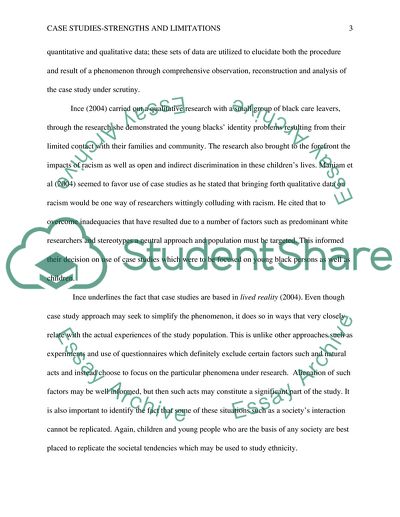Cite this document
(Critical Exploration of Race and Ethnicity Issues Case Study, n.d.)
Critical Exploration of Race and Ethnicity Issues Case Study. https://studentshare.org/gender-sexual-studies/1597688-critically-explore-the-strengths-and-limitations-of-case-study-research-with-children-and-young-people-in-exploring-issues-of-race-and-ethnicity
Critical Exploration of Race and Ethnicity Issues Case Study. https://studentshare.org/gender-sexual-studies/1597688-critically-explore-the-strengths-and-limitations-of-case-study-research-with-children-and-young-people-in-exploring-issues-of-race-and-ethnicity
(Critical Exploration of Race and Ethnicity Issues Case Study)
Critical Exploration of Race and Ethnicity Issues Case Study. https://studentshare.org/gender-sexual-studies/1597688-critically-explore-the-strengths-and-limitations-of-case-study-research-with-children-and-young-people-in-exploring-issues-of-race-and-ethnicity.
Critical Exploration of Race and Ethnicity Issues Case Study. https://studentshare.org/gender-sexual-studies/1597688-critically-explore-the-strengths-and-limitations-of-case-study-research-with-children-and-young-people-in-exploring-issues-of-race-and-ethnicity.
“Critical Exploration of Race and Ethnicity Issues Case Study”. https://studentshare.org/gender-sexual-studies/1597688-critically-explore-the-strengths-and-limitations-of-case-study-research-with-children-and-young-people-in-exploring-issues-of-race-and-ethnicity.


